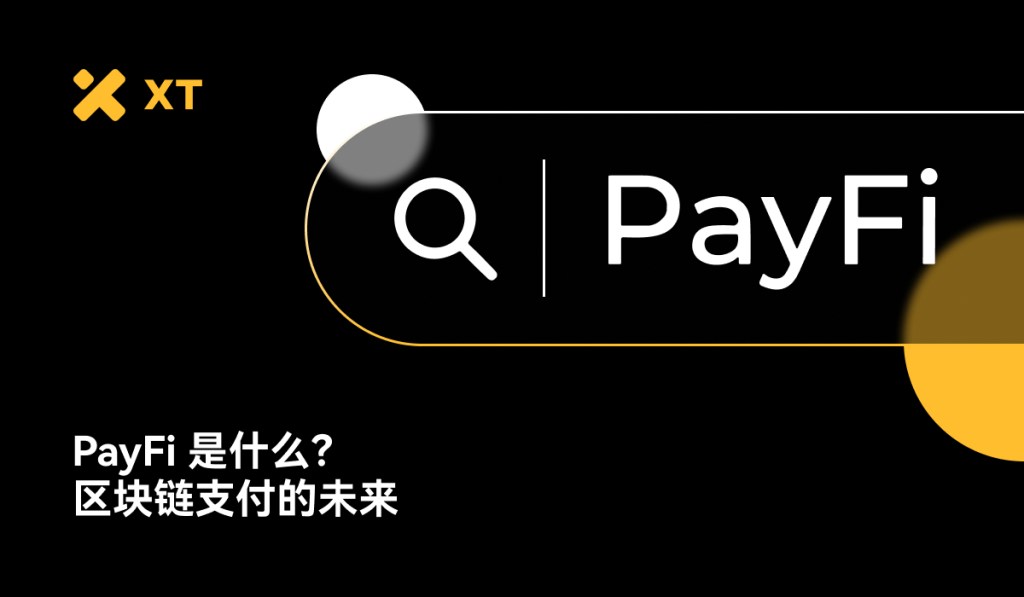
Table of Contents
- What is Payment Finance (PayFi)?
- Why Use Payment Finance (PayFi) Now?
- Reference Architecture: Payment Finance (PayFi) Stack
- Payment Finance (PayFi) in Practice: Three Case Studies
- Key Technical Considerations for Payment Finance (PayFi)
- Risks, Regulation, and Governance of Payment Finance (PayFi)
- Notable Projects in the Payment Finance (PayFi) Ecosystem
What is Payment Finance (PayFi)?
PayFi (Payment Finance) is a hybrid financial architecture that combines traditional payment systems with decentralized finance protocols to achieve real-time, programmable, and compliant value settlement across fiat currencies, stablecoins, and digital assets. PayFi merges the distribution and regulatory frameworks of traditional payment networks with the transparency, interoperability, and automation of blockchain-based infrastructure, creating a convergence layer that enables the flow of funds to be instantaneous, borderless, composable, and identity-aware.
PayFi systems share four common characteristics:
- Deterministic value: Typically achieved through stablecoins (e.g., USDC) or tokenized deposits/CBDCs to avoid price volatility at checkout.
- Instant or near-instant settlement: Finality is achieved on L1/L2 or through pre-funded channels.
- Programmable control: Smart contracts are used for escrow, conditional release, split payments, and automated tax/royalty routing.
- Compliance-first design: Identity, monitoring, and reporting are integrated at the edge (wallets, gateways) or natively (identity-aware chains).
Why Choose Payment Finance (PayFi) Now?
Card networks and correspondent banks have addressed global distribution issues but have also introduced delays, opacity, and cost issues: settlements can take days, cross-border fees accumulate, and developer interfaces are fragmented. Compliance is handled off-chain, leading to reconciliation overhead and counterparty risk.
DeFi has showcased programmable money (smart contracts, automated market makers, on-chain treasuries), but mainstream applications have stagnated in terms of user experience, volatility, and regulatory fit. Stablecoins and account abstraction have narrowed this gap; PayFi bridges it by meeting payment-grade requirements (predictable value, KYC/AML, SLA) while retaining on-chain finality and composability.
Reference Architecture: Payment Finance (PayFi) Stack
The Payment Finance (PayFi) stack refers to a layered infrastructure that powers the next generation of digital payments by combining traditional financial rails with blockchain-based innovations. The underlying layer consists of stablecoins and digital assets, which serve as mediums of exchange, ensuring speed, security, and global interoperability. On top of this, protocols like the Bitcoin Lightning Network, Stellar, and Ethereum Layer-2 solutions enable instant, low-cost, large-scale transactions. Middleware services (such as on/off ramps, identity verification, and compliance tools) bridge the gap between cryptocurrency and fiat systems, making PayFi viable for both businesses and consumers. Finally, the application layer (including wallets, payment gateways, and API-driven platforms) provides a seamless user experience for peer-to-peer transfers, cross-border settlements, and machine-to-machine micropayments. The PayFi stack collectively forms a modular ecosystem that reimagines the flow of funds in a digital-first, decentralized economy.
The State of Payment Finance (PayFi): Three Case Studies
Case Study A – Circle and USDC: Enterprise-Level Stablecoin Payments
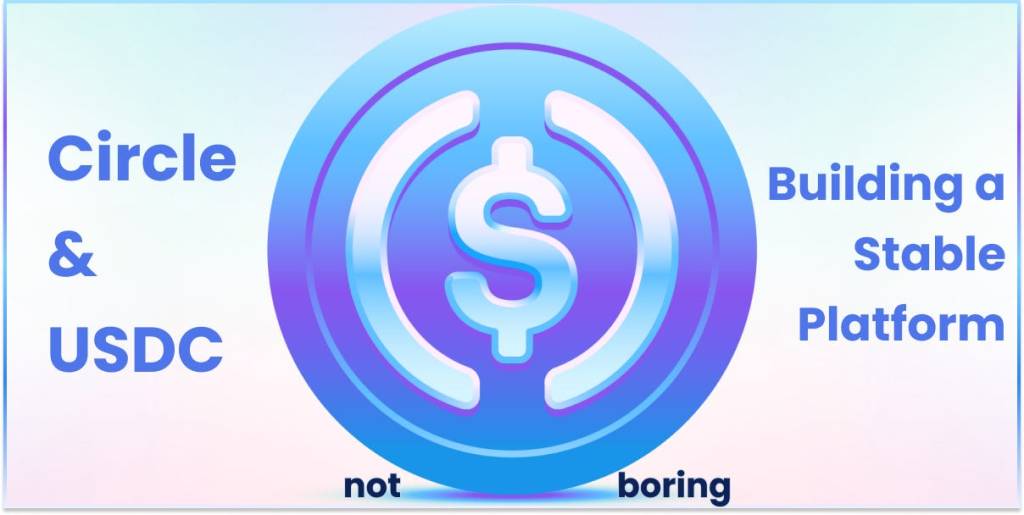 What it is:
What it is:
Circle issues USDC, a fully-backed digital dollar, and operates payment services (API, accounts, settlements) that enable businesses to send, receive, and settle funds globally in near real-time. USDC can be exchanged 1:1 for US dollars and is widely integrated across various blockchains and wallets, making it a natural settlement asset for PayFi.
Its significance for PayFi:
- Enterprise-level applications: Circle's stack (including the Circle Payment Network) is designed for institutional-level reliability and compliance—key for mainstream payments.
- Card network interoperability: In 2023, Visa expanded its pilot for USDC settlements with acquirers like Worldpay and Nuvei on the Solana platform, demonstrating that PayFi can seamlessly integrate with existing merchant infrastructure rather than completely replacing it.
- Scale and growth momentum: As Circle's public market position improves, the circulation and adoption of USDC are expected to accelerate by 2025, highlighting growing institutional interest in stablecoin-driven payments (rather than investment tokens).
Enabled PayFi model:
- Cross-timezone cross-border settlements (T+0).
- On-chain financial management, programmable payments (payroll, vendor payments).
- Edge-accepted cards, core USDC: Consumers use familiar payment methods; acquirers/card issuers settle in USDC for speed and cost efficiency.
Developer takeaways:
Utilize stable and regulated assets (USDC) and custodial networks to avoid redesigning compliance, liquidity, and operations. Write smart contracts for escrow, split payments, and streaming while allowing the network to handle forex and routing.
Case Study B – Stellar + MoneyGram: Global Scale Cash In/Out Channels
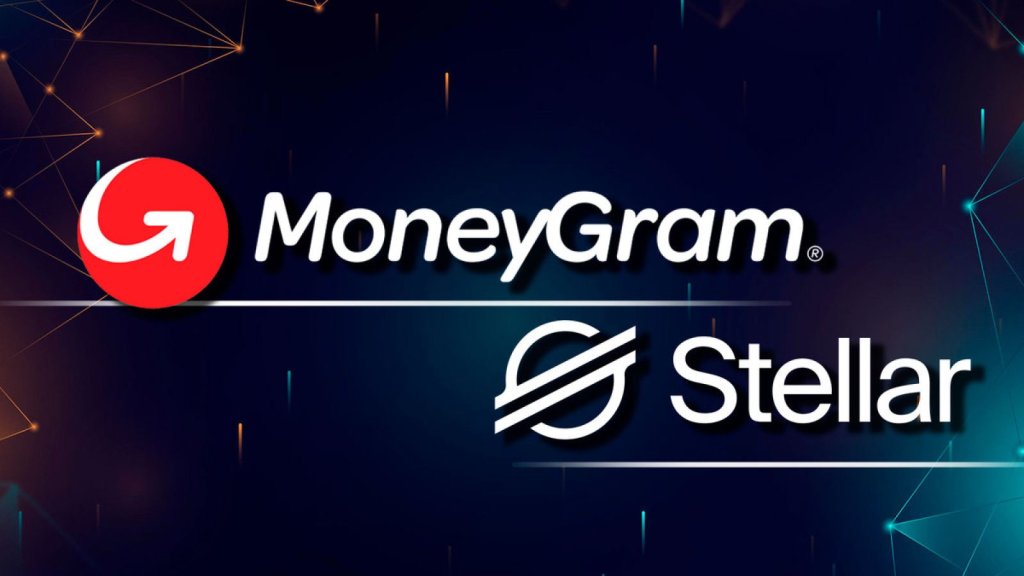
What it is:
MoneyGram integrates with the Stellar network to create the world's largest digital dollar cash in/out channel, allowing users to deposit and withdraw cash in digital wallets via USDC on Stellar, even without a bank account. This unlocks cash-to-digital currency and digital currency-to-cash flows in over 180 countries through MoneyGram's retail network.
Its significance for PayFi:
- Financial inclusion: PayFi systems must integrate with cash economies and mobile money, not just bank users.
- Regulatory pragmatism: KYC/AML processes are anchored at MoneyGram terminals; settlements use USDC on Stellar, achieving near-instant backend settlements and local currency payments.
- Developer-ready channels: Wallets can integrate a single API to access global cash channels, facilitating conversions between physical cash and stablecoins.
Enabled PayFi model:
- Remittances and humanitarian aid, supporting rapid settlements and cash withdrawals.
- Agent networks as anchors for compliance and liquidity.
- Programmable last mile: Smart contracts can hold funds until KYC-verified withdrawal events occur.
Developer takeaways:
Prioritize retail endpoints and stable settlements when your users are at the cash/crypto boundary. Abstract local compliance into partner networks while maintaining on-chain transparency for auditing and reporting.
Case Study C — Bitcoin Lightning Network: Instant Micropayments and Machine Payments
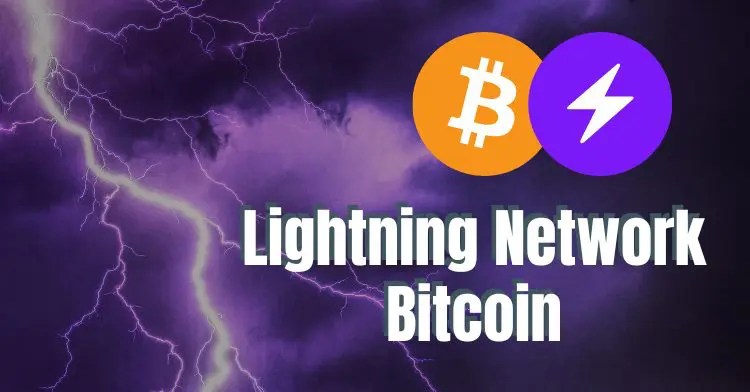
What it is:
The Lightning Network is a second-layer network for Bitcoin that uses payment channels and multi-hop routing to achieve near-instant, ultra-low-fee transfers, making it ideal for micropayments (content paywalls, API calls) and machine-to-machine commerce. From 2020 to 2025, the capacity of the Lightning Network has grown dramatically, although a pullback is also expected in 2025—many interpret this as structural evolution rather than user attrition.
Why it is crucial for PayFi:
- Delay and cost overview: For high-frequency micropayments, the channel model of the Lightning Network is unmatched.
- Developer control: You can run your own node, integrate key sending and invoicing, and write streaming payment flows.
- Operational details: Channel liquidity and routing reliability require network-aware DevOps—this involves trade-offs compared to custodial stablecoin networks. Reference data on total capacity and routing health is publicly observable.
PayFi model supports:
- Pay-per-use APIs for AI inference, IoT metering, or content.
- Cross-border micropayments with sub-second user experience.
- Merchant acceptance through payment service providers (PSPs) supporting the Lightning Network or self-hosted nodes.
Developer takeaways:
If the unit economics of your application depend on fees below a cent and instant user experience, build a Lightning Network path outside of the stablecoin path and dynamically route based on invoice size, latency, and forex needs.
Key Technical Considerations for Payment Finance (PayFi)
Settlement Finality and Throughput
- Fast finality is crucial for payments. The network must provide near-instant confirmations (sub-second to a few seconds) at Visa-scale TPS.
- The choice of transaction rails is critical: account-based settlement (e.g., USDC on Ethereum/Solana) or channel-based settlement (e.g., Lightning Network).
- If the main channel is congested, consider fallback routing.
Scalability and Reliability
- Payments require 99.999% availability—downtime is not permitted.
- Build multi-link routing and failover architectures between stablecoin networks, L2, or channels.
- Monitoring network health (latency, mempool congestion, channel liquidity) is essential.
Capital and Liquidity Management
- PayFi relies on stablecoin floating capital, liquidity pools, or pre-funded channels.
- Liquidity must be rebalanced between blockchains, exchanges, and payment terminals.
- Use financial bots to automate cold/hot wallet management, forex exchanges, and Lightning Network channel rebalancing.
Programmable Settlement
- Smart contracts must be audited, streamlined, and deterministic to reduce risk.
- Common patterns include: escrow contracts (for trade finance, milestone payments); split payments (marketplaces, royalties); streaming/continuous settlement (creator payments, API metering).
Identity and Compliance
- PayFi must integrate KYC/AML capabilities at the wallet or gateway level.
- Compliance tools include: sanctions screening (OFAC, FATF lists); rule fulfillment compliance (message exchange between virtual asset service providers); on-chain analytics for monitoring fraud/illegal activities.
- Trade-offs: privacy vs. transparency (e.g., zero-knowledge proofs for selective disclosure).
Security and Custody
- Payment processes require enterprise-level security: use MPC (multi-party computation) wallets or HSMs for key management; role-based access and segregation of duties; incident response and real-time anomaly detection.
- Smart contract vulnerabilities pose risks and must undergo formal audits.
Interoperability and Routing
- Users and merchants should not need to worry about which chain/payment channel to use.
- PayFi must include a smart routing engine optimized for: cost (Gas fees, channel fees); speed (finality time); regulatory scope (restrictions in specific regions).
- Interoperability can be achieved using cross-chain bridges, Layer-2 Rollups, or multi-asset stablecoin support.
Data, Privacy, and Auditability
- Transactions must generate exportable proofs (hashes, receipts) for auditing.
- Data protection is crucial: GDPR/CCPA compliance, encryption, and selective disclosure mechanisms.
- Regulators expect on-chain transparency and off-chain reporting.
User Experience (UX) Constraints
- End users expect zero volatility, instant confirmation, and easy cancellation/refund.
- Merchants need seamless POS integration, local currency settlement, and refund management.
- Abstract the complexity of blockchain (Gas, addresses) away from users—PayFi's user experience must resemble PayPal/Stripe, not DeFi.
Risks, Regulation, and Governance in Payment Finance (PayFi)
Despite the bright prospects of PayFi, it also introduces numerous risks that must be managed carefully. The reliance on blockchain infrastructure exposes payment networks to risks from smart contract vulnerabilities, protocol flaws, and bridging attacks, which could lead to systemic losses. Liquidity risks arise when stablecoins or settlement tokens decouple from their underlying assets, threatening the finality of payments and merchant confidence. Regulatory uncertainty further complicates adoption, as inconsistent treatment of digital assets across jurisdictions may lead to compliance violations, fund freezes, or retroactive enforcement actions. Additionally, the decentralized architecture of PayFi challenges traditional fraud prevention and consumer protection models, increasing the likelihood of irreparable losses in the event of theft or errors. Finally, as on-chain payment data becomes increasingly transparent, privacy and surveillance risks may arise if robust cryptographic techniques, zero-knowledge proofs, or identity protection protocols are not integrated into PayFi's core design.
Regulation is one of the most critical and complex challenges facing PayFi, as its cross-border, programmable nature does not fully align with existing financial frameworks. Traditional payment systems are governed by well-established rules under regimes like the EU's PSD 2, the US Bank Secrecy Act, or FATF anti-money laundering/anti-terrorist financing guidelines, but PayFi blurs the lines between payments, securities, and banking. For instance, stablecoins are viewed as electronic money, commodities, or unregulated assets in different jurisdictions, leading PayFi providers to navigate a patchwork of compliance obligations. Moreover, regulators are concerned about systemic risks, consumer protection, and illicit financing, which heightens the requirements for KYC/AML integration, transaction monitoring, and licensing. Meanwhile, initiatives like the EU's MiCA framework, Singapore's PSA, and the US push for stablecoin legislation are beginning to define clearer guardrails for PayFi. The challenge lies in balancing innovation with compliance—ensuring regulatory coordination without compromising PayFi's transformative decentralized, borderless value proposition.
Governance in PayFi is both a technical and institutional challenge, as the ecosystem operates at the intersection of decentralized protocols, stablecoin issuers, payment processors, and regulators. Unlike traditional payment systems managed centrally by banks or credit card networks, PayFi relies on a multi-stakeholder governance model where blockchain validators, liquidity providers, protocol developers, and compliance entities all influence the integrity of operations. This decentralized control introduces risks of validator collusion, concentration of power among stablecoin issuers, or control by private infrastructure providers, undermining the decentralized ethos of PayFi. Furthermore, issues such as protocol upgrades, dispute resolution, and rule enforcement remain: should these be managed by decentralized autonomous organizations (DAOs), consortium-based governance bodies, or traditional regulatory agencies? Achieving resilient governance may require hybrid models that balance transparent on-chain mechanisms with off-chain regulatory compliance and industry standards, ensuring that PayFi remains innovative and credible.
Notable Projects in the Payment Finance (PayFi) Ecosystem
Huma Finance
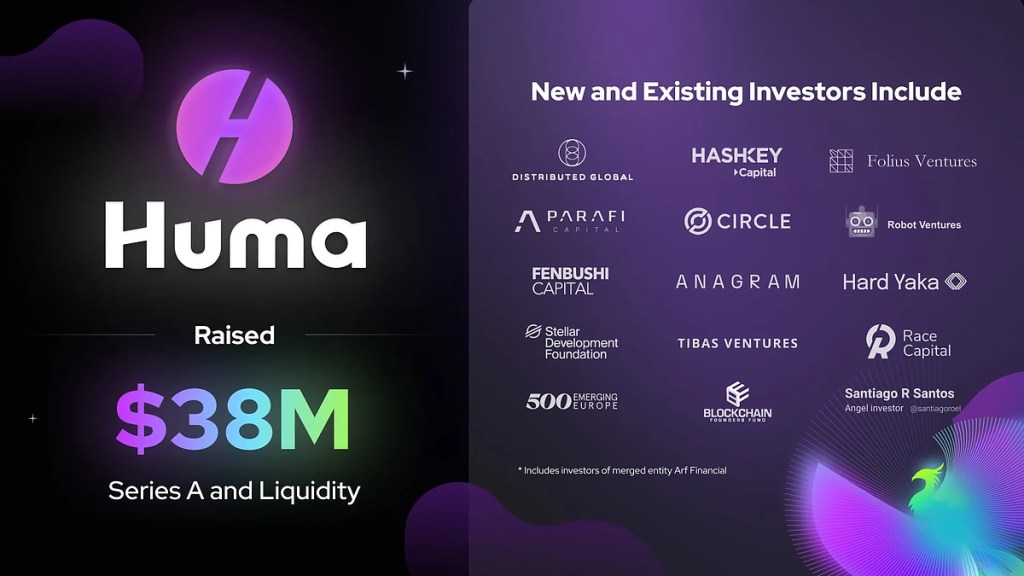
A decentralized protocol focused on on-chain credit and real-world asset (RWA) financing.
Key role in PayFi:
- Enables businesses and individuals to access cash flow financing against future income streams.
- Provides PayFi channels for payroll advances, invoice factoring, and small business credit.
- Collaborates with Circle, Visa, and other financial institutions to connect DeFi with traditional payments.
Huma Finance (HUMA) trading with USDT (Tether) is now live on XT.COM, which offers an intuitive trading interface suitable for both beginners and experienced traders.
Spot trading: HUMA USDT
Futures trading: HUMA USDT Perpetual Contract
Futures grid trading: HUMA USDT
PolyFlow
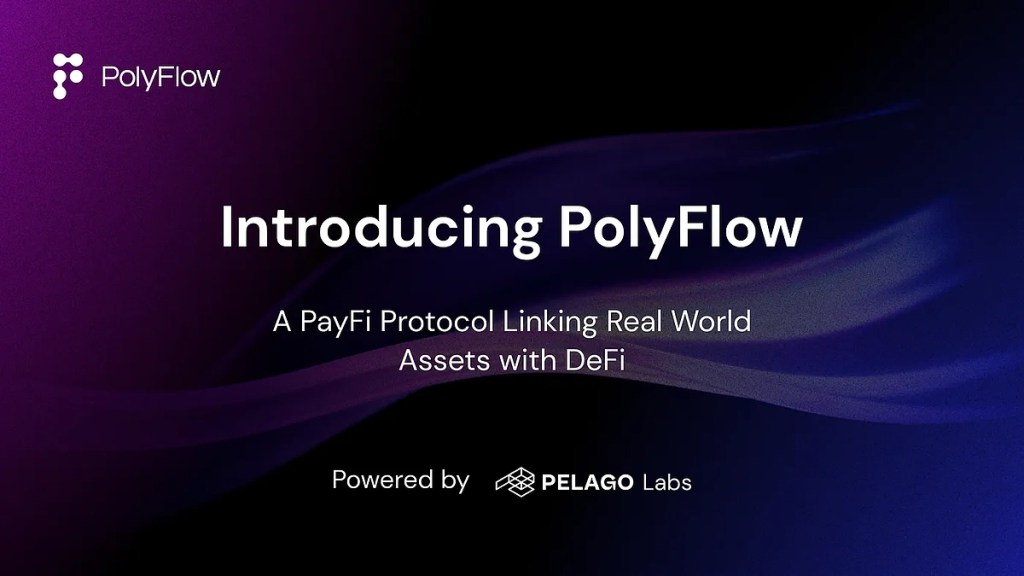
A Web 3 payment infrastructure designed for developers and businesses.
Key role in PayFi:
- Builds modular payment APIs and SDKs to integrate blockchain-based payments into applications.
- Supports on-chain recurring payments, merchant settlements, and subscription models.
- Aims to help businesses that require smooth cryptocurrency-to-fiat payments, expanding PayFi adoption.
TLay
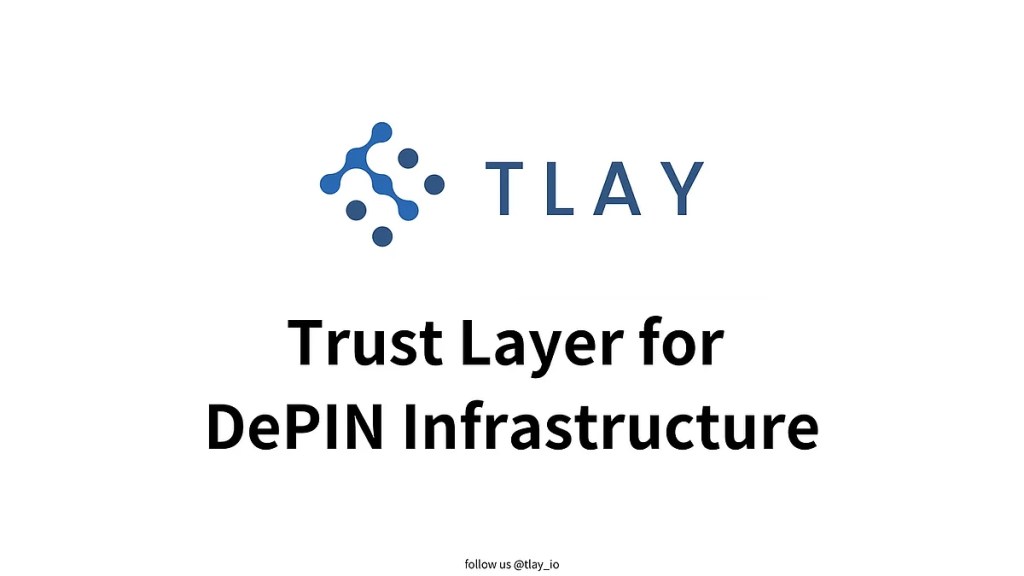 A platform focused on PayFi that supports direct payroll issuance and real-time wage queries.
A platform focused on PayFi that supports direct payroll issuance and real-time wage queries.
Key role in PayFi:
- Employees can access earned wages immediately without waiting for payday.
- Facilitates low-cost cross-border payroll payments using blockchain rails.
- Helps employers provide financial wellness benefits and reduces employees' reliance on payday loans.
Conclusion: Payments Become Software
PayFi redefines payments from static, batch processes to programmable, real-time software. By integrating stable value tools (like USDC), instant settlement models (public chains and L2 channels), and compliance-aware endpoints (banks, agents, acquirers), PayFi systems can lower costs, accelerate settlement speeds, and expand new product coverage without requiring merchants or consumers to forfeit familiar experiences.
This transformation is not an overnight process. It will be a gradual and hybrid process, relying on existing distribution channels while replacing the underlying settlement engine. The ultimately successful solutions will be those that can optimize routing based on objectives (cost/speed/regulation), maintain multi-asset and multi-chain optionality, and open developer-centric APIs that allow any product team to convert capital flows into code.
If Web 2 payments provided us with the rails, then PayFi provides us with the protocols. The difference between the two lies not only in speed or cost but also in control—the control over the time, place, and manner of value flow. For this reason, PayFi is neither a competitor to DeFi nor an adversary to credit card networks. It is the bridge that makes native currency software a mainstream reality.
About XT.COM
Founded in 2018, XT.COM currently has over 7.8 million registered users, with more than 1 million monthly active users and user traffic exceeding 40 million within the ecosystem. We are a comprehensive trading platform supporting over 1,000 quality cryptocurrencies and more than 1,300 trading pairs. XT.COM cryptocurrency trading platform supports a variety of trading options including spot trading, margin trading, and futures trading. XT.COM also has a secure and reliable NFT trading platform. We are committed to providing users with the safest, most efficient, and most professional digital asset investment services.
免责声明:本文章仅代表作者个人观点,不代表本平台的立场和观点。本文章仅供信息分享,不构成对任何人的任何投资建议。用户与作者之间的任何争议,与本平台无关。如网页中刊载的文章或图片涉及侵权,请提供相关的权利证明和身份证明发送邮件到support@aicoin.com,本平台相关工作人员将会进行核查。




